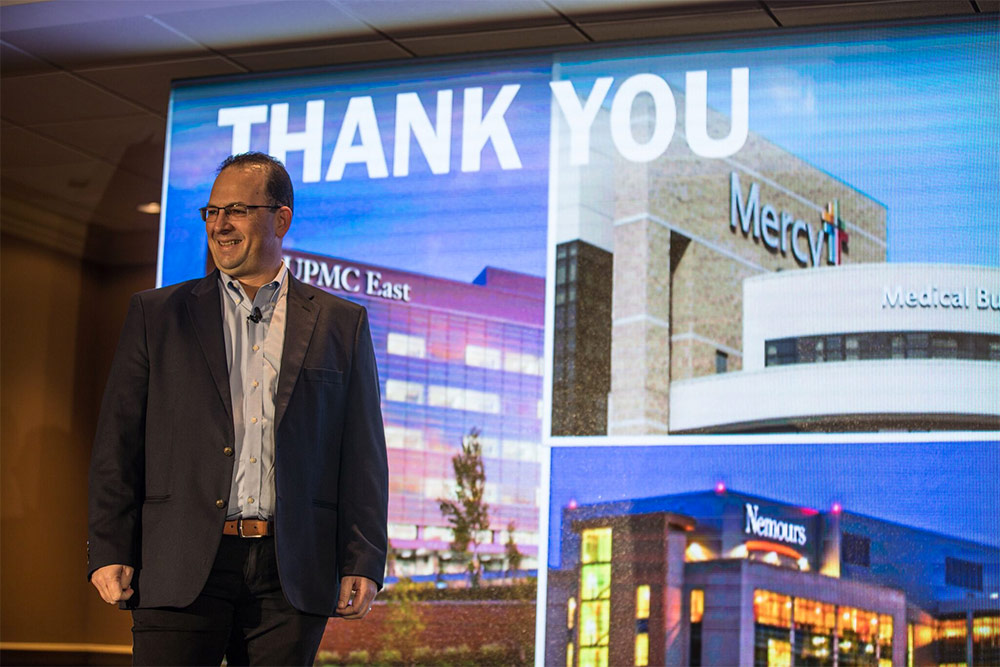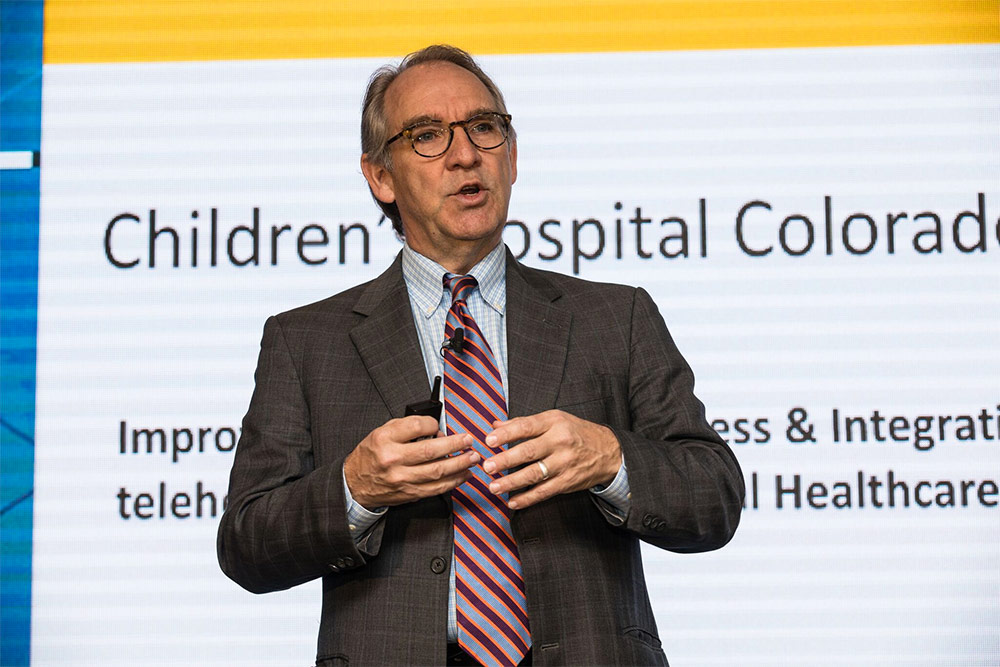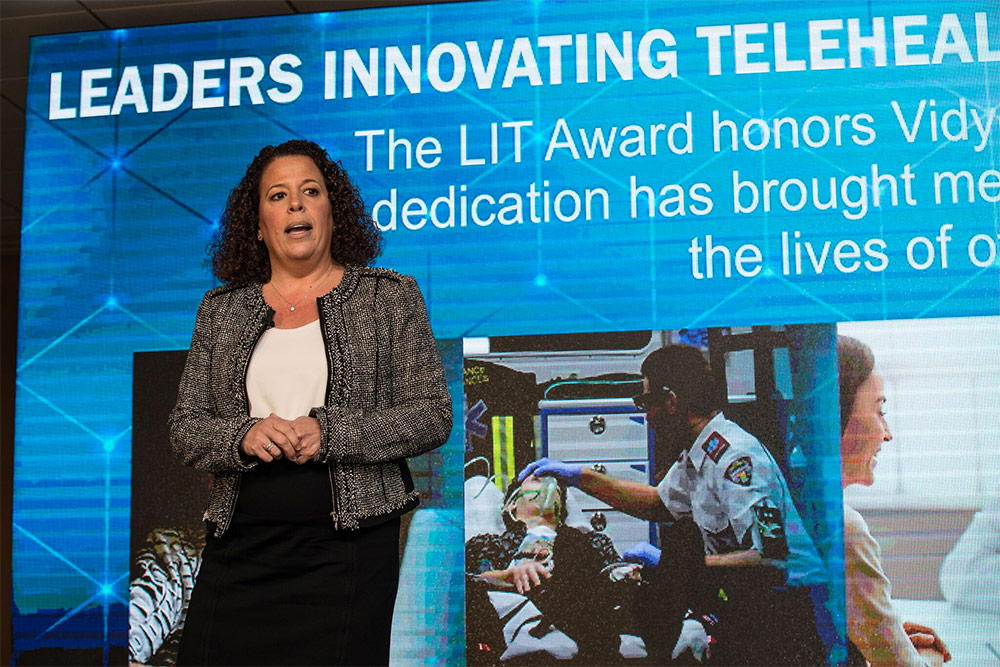We just wrapped up Vidyo’s inaugural Healthcare Summit and I am sitting on my flight back home to Boston basking in the afterglow of a fantastic couple of days. Having worked in the Martech and eCommerce space for many years, it was hard to say that the technology I was selling really made a difference in people’s lives. Sure, a better ecommerce site is a great thing but it doesn’t help save lives. I must say it is really a pleasant shift to be working in an industry that truly is making a tangible difference by making healthcare more accessible and cost effective while improving outcomes… And, saving lives!

We heard some astounding telehealth success stories this week from very large programs like OTN (Ontario Telemedicine Network) to much smaller healthcare systems like Tallahassee Memorial Health. One of the biggest challenges we heard time and time again was how to prove the ROI of telehealth programs to drive mainstream adoption. Given that challenge, I thought it would be helpful to summarize some of the amazing stories of the week.
- OTN is a not-for-profit organization funded by the Canadian government providing telehealth services across the entire province of Ontario, Canada. Gilad Epstein, COO of OTN, shared the incredible scale that OTN has achieved. The program, which is growing at over 30% a year, is on track to provide over one MILLION clinical telehealth visits in 2018 and has saved the Canadian health system in Ontario over $77 million in the past 12 months. The ROI? 3.5x!

- Fred Thomas, PhD, from Colorado Children’s Hospital, shared a comprehensive analysis of the benefits of the many telemedicine programs that have been implemented by the facility. One specific example emphasized the benefits of telehealth in the area of pediatric mental health. Metrics assessed by the study included specific measures in areas of quality of care as well as economic efficiency. Results highlights included a 50% decrease in the need for patient transfers, clear reductions in the length of stay, and an average per patient cost reduction of nearly $2,000. As if that isn’t enough, the final proofpoint that Dr. Thomas shared was that the program paid for itself after treating only 116 patients.
- Dr. Alfred Atanda Jr., MD, a pediatric orthopedic surgeon from A.I. Dupont Hospital for Children, praised the benefits of telehealth within his practice. Dr. Atanda shared a study of his patients that illustrated clear efficiency benefits, cost reductions, and improved resource utilization, all while maintaining very high levels of patient satisfaction.
- Tallahassee Memorial Health is a not-for-profit community healthcare system with very limited funding for implementing telehealth programs. Added to its funding challenges is the fact that the state of Florida does not provide Medicare reimbursement for telehealth visits. These challenges don’t stop Lauren Faison who manages the Tallahassee Memorial population health program. In a panel session focused on patient engagement, Lauren talked about how the facility’s telehealth program has driven significant savings as a result of reducing ED (emergency department) visits and readmission rates after in-patient stays.

- In the Leaders Innovating Telehealth (LIT) awards session, Melissa Camp shared how the collaboration between her organization, the Charleston Dorchester Mental Health Center, the Charleston County EMTs, the Medical University of South Carolina and the South Carolina Telehealth Alliance, has resulted in significant reductions of mental health transports to the ED and hospital. In just five months since the program launched, it has saved Charleston County nearly $420,000. While this number sounds modest, note that this is a single pilot program in only one county. Extrapolate that value across the 46 counties in South Carolina and the benefits are quite stunning.

These were but a handful of the awe inspiring stories shared this week in Nashville at the Vidyo Healthcare Summit. As a newcomer to the healthcare technology landscape, I was so moved by the powerful stories of lives being positively impacted by telehealth. However, I also found it frustrating to hear how challenging it is for some programs to get off the ground. One major issue is the lack of clear legislation validating telehealth and providing reimbursement across all states. Perhaps I am oversimplifying the issue, but it seems to me that a program that clearly increases access to care and improves outcomes while reducing costs easily supersedes politics and is something that EVERYONE can get their arms around.
Recent Comments